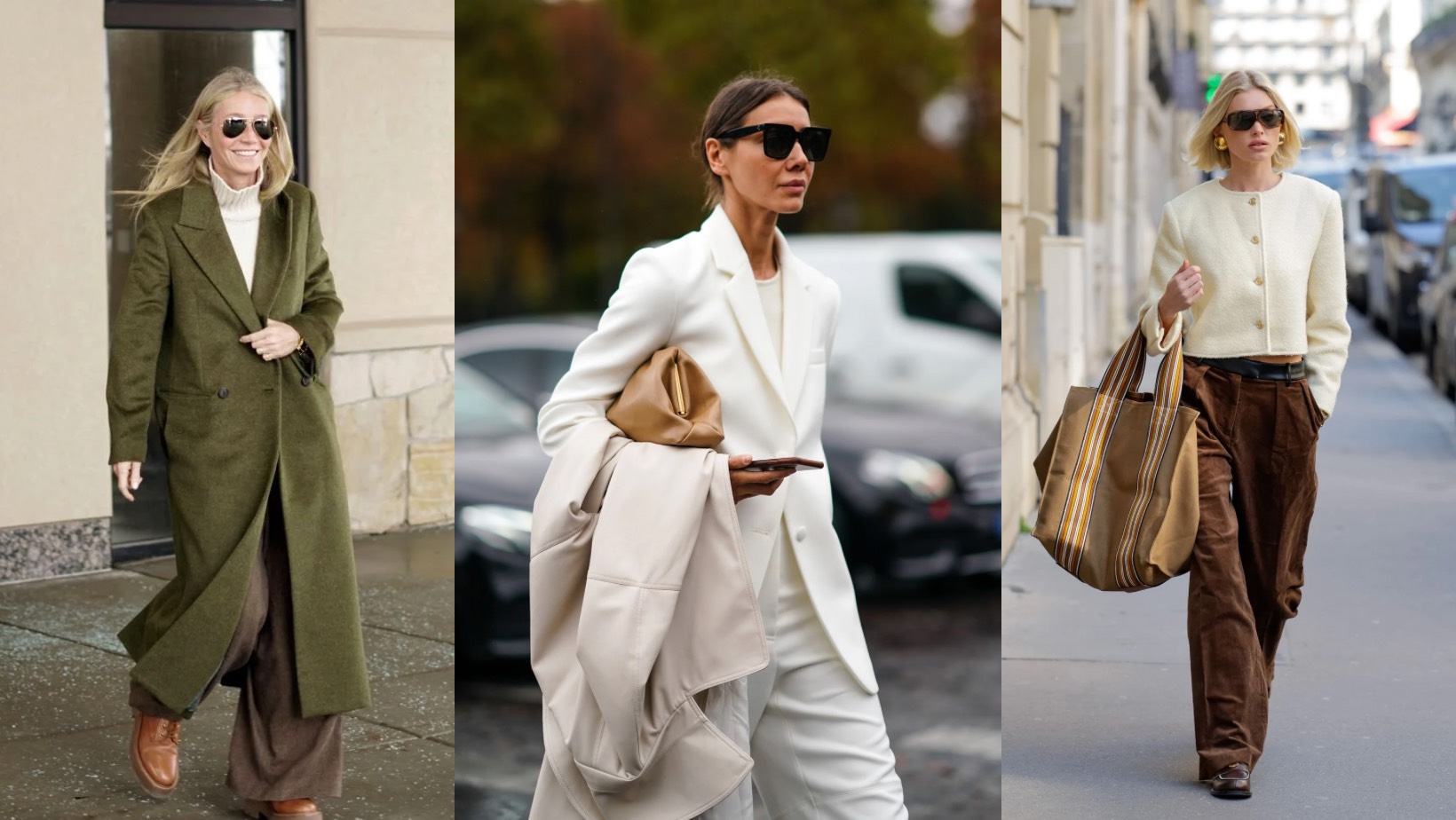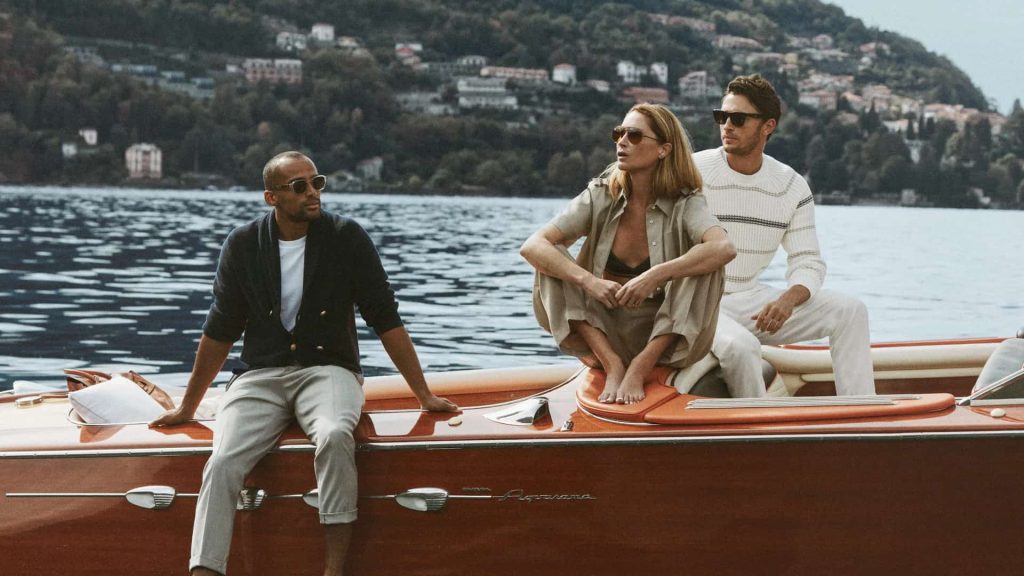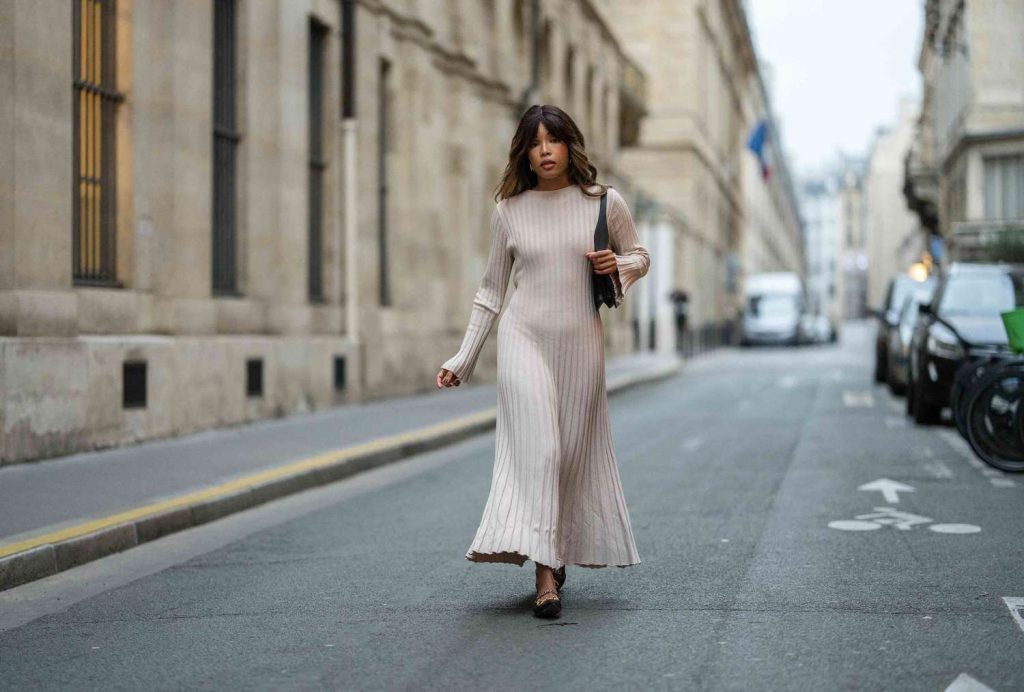
In recent years, a subtle yet powerful shift has been taking place in the world of luxury. The once loud and ostentatious displays of wealth—glittering logos, flashy monograms, and extravagant designs—are giving way to a more understated, refined approach known as “quiet luxury.” This emerging trend is not just transforming how affluent consumers approach fashion and lifestyle; it is also redefining how brands market and position themselves in a sophisticated and increasingly discerning marketplace.
What is Quiet Luxury?

Quiet luxury is characterized by its emphasis on discretion, craftsmanship, and timeless elegance over overt display. Unlike traditional luxury, which often relies on conspicuous branding to signal status, quiet luxury focuses on subtle details, quality materials, and superior design. The hallmark of this trend is the absence of visible logos or branding; the value lies in the intrinsic quality and enduring appeal of the product rather than in its recognizability.
Consumers who embrace quiet luxury tend to favor products that are understated yet impeccably crafted. For instance, a bespoke cashmere sweater, a pair of handmade leather shoes, or a minimalist watch may carry no visible logo, but the quality and attention to detail immediately communicate sophistication. In essence, quiet luxury is about understated confidence and a rejection of the “more is more” mindset.
The Cultural Shift Driving Quiet Luxury
Several cultural and economic factors have contributed to the rise of quiet luxury. Millennials and Gen Z, who are increasingly entering the luxury market, prioritize experiences, authenticity, and sustainability over materialistic displays. For them, luxury is about refinement, longevity, and ethical consumption rather than sheer visibility. These consumers are often more discerning, seeking items that signify wealth and taste without overtly advertising them.
Moreover, social media has played a paradoxical role in this shift. While platforms like Instagram have fueled a culture of conspicuous consumption, they have also cultivated a more discerning audience. Many luxury buyers are now consciously avoiding overt branding that feels superficial, opting instead for products that reflect individuality and quiet sophistication. The trend resonates particularly in a climate where self-expression and personal identity are highly valued.
Quiet Luxury in Branding

Brands have quickly adapted to this evolving sensibility. Leading luxury houses are pivoting toward subtlety, emphasizing craftsmanship, heritage, and timeless design in their marketing strategies. For instance, high-end fashion brands are increasingly showcasing their attention to detail, sustainable sourcing, and artisanal techniques rather than relying solely on logos or celebrity endorsements.
This shift has also encouraged new entrants into the market. Emerging brands are positioning themselves as purveyors of quiet luxury, targeting consumers who desire exclusivity without ostentation. They often use limited releases, high-quality materials, and bespoke services to create a sense of rarity and refinement. By appealing to the desire for authenticity and discretion, these brands cultivate loyal customers who appreciate the artistry and thoughtfulness behind each product.
The Broader Lifestyle Implications
Quiet luxury extends beyond fashion into broader lifestyle choices. From interior design and travel to wellness and personal services, there is a growing preference for understated sophistication. Interiors now favor minimalist, high-quality furnishings over flashy decor. Travel experiences focus on privacy, comfort, and exclusivity rather than mass-appeal luxury resorts. Even dining and wellness experiences are moving toward authenticity, with an emphasis on locally sourced ingredients, artisanal products, and personalized services.
The rise of quiet luxury also aligns with a shift toward sustainability. Consumers increasingly recognize that true luxury is not about excess but about longevity and mindful consumption. Investing in fewer, higher-quality items reduces waste and encourages a more sustainable lifestyle—a principle that resonates deeply with modern luxury consumers.
Conclusion
The rise of quiet luxury reflects a broader cultural evolution in how people perceive wealth, success, and self-expression. In a world where loud displays are no longer the sole marker of prestige, sophistication is measured by subtlety, quality, and discretion. For brands, this trend represents both a challenge and an opportunity: a chance to innovate, focus on craftsmanship, and connect with consumers who value authenticity over ostentation.
As quiet luxury continues to shape the future of fashion, lifestyle, and branding, it becomes clear that true sophistication does not shout—it whispers. The understated elegance, timeless quality, and thoughtful design of quiet luxury are defining a new era, one where refinement is recognized not by logos, but by the discerning eye and cultivated taste.

